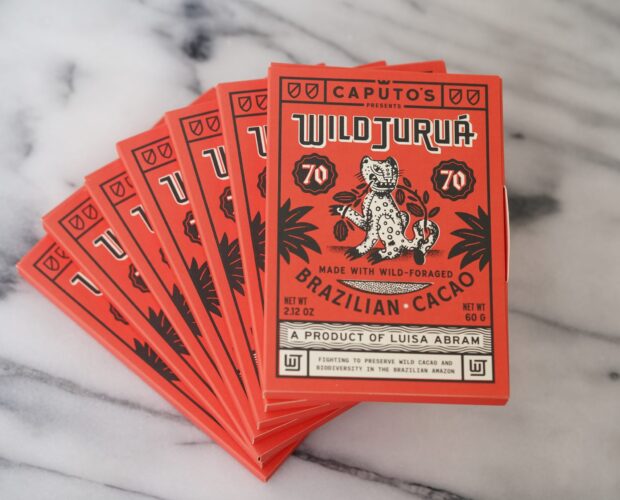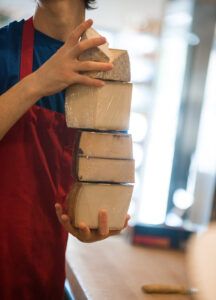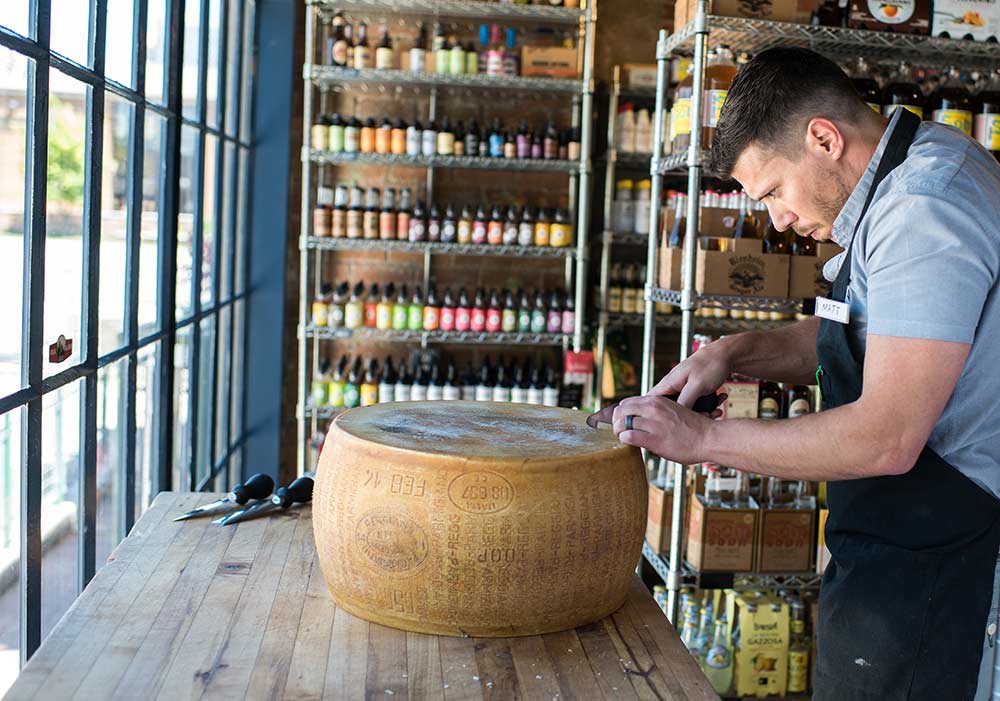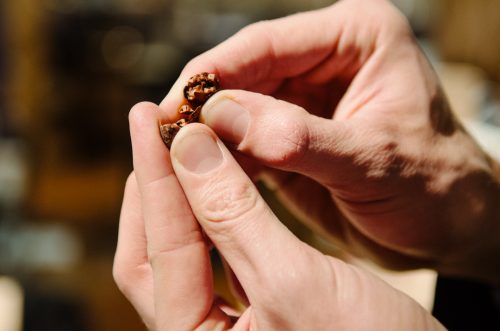A Salt Lake City Food Tradition
For more than 20 years, Caputo’s Industry Nights have brought together chefs, cheesemongers, and food professionals for an evening of community, artisan flavors, and plenty of fun. What began as after-hours hangs behind the cheese counter has grown into a tradition: a laid-back but curated gathering where Utah’s food industry connects, learns, and celebrates the best in food.
How Industry Night Works
Each evening begins with a casual reception period. Guests arrive at their own pace, grab a drink, and catch up with colleagues before the program begins.
When it is time to gather, Matt Caputo offers a short introduction that shares why the featured artisan’s work matters to the industry. Guests are welcomed with applause, followed by a tasting, mingling, and plenty of conversation.
Over the years, we have welcomed some of the most inspiring names in food: Eli Cairo of Olympia Provisions, Chris Eley of Smoking Goose, Cristiano Creminelli of Creminelli Meats (who launched out of the Caputo’s basement), Randy Ramsley of Mesa Farm, and the crew from Maker to Monger Cheese. Each has left their mark on the community, and the tradition continues.
Industry Nights are by invitation only. If you are a food service professional, hit us up for more info.
October 20th: Grotte Glow Up
 Our next Industry Night, happening Sunday, October 20th at Caputo’s Downtown, will shine the spotlight on Antonia Horne, affineuse of Caputo’s Cheese Caves.
Our next Industry Night, happening Sunday, October 20th at Caputo’s Downtown, will shine the spotlight on Antonia Horne, affineuse of Caputo’s Cheese Caves.
The theme is Grotte Glow Up. Our longtime customer favorite Grotte Tartufo is now even more decadent. Previously aged in our house-made white truffle butter, the recipe now includes a generous layer of black truffle shavings. The result is a cheese that looks stunning and tastes even more indulgent.
Honoring Antonia Horne
This evening is also about celebrating Antonia herself. She has been the quiet force behind the food safety, aging, and transformation of countless cheeses in Caputo’s Cheese Caves. This summer, she earned third place at the Cheesemonger Invitational in New York, making our crew and community incredibly proud.
Expect lots of applause, plenty of cheers, and more than a little truffle magic.

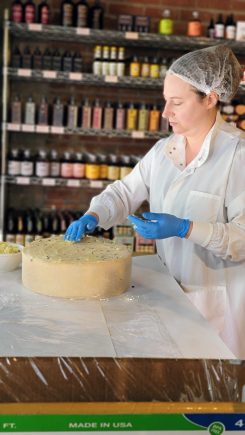
A Special Guest: Jamón Ibérico with COVAP
We are also excited to welcome Javier Cremades Cano of COVAP, makers of world-class Jamón Ibérico de Bellota. Javier will share the story of Spain’s legendary jamón and hand-slice $200-per-pound Jamón Ibérico for guests to taste. Watching a master jamonero at work is as unforgettable as the flavor itself.
During his visit, Javier will also be training our crew at all three Caputo’s locations on the art of hand-carving bone-in Jamón Ibérico. Following this training, Caputo’s Downtown, Holladay, and 15th & 15th will each offer hand-sliced Jamón Ibérico every day, year-round.
This marks an exciting new era for our counters, bringing the flavor and tradition of Spain’s most iconic ham to our community as a permanent Caputo’s service.
Why It Matters
Industry Nights are more than tastings. They are community. For Utah’s chefs and food professionals, it’s a chance to connect outside the kitchen, discover new flavors, and celebrate artisans who shape the food landscape.
For our Caputo’s crew, it’s a way to share our passion, celebrate craftsmanship like Antonia’s, and introduce services that elevate everyday experiences, like freshly hand-sliced Jamón Ibérico now available year-round at every Caputo’s location.
Invite Info
Caputo’s Downtown Market
Sunday, October 20th
Featuring: Grotte Glow Up with Antonia Horne, plus guest Javier Cremades Cano of COVAP.
Industry Nights are by invitation only. If you are a food service professional, hit us up for more info.
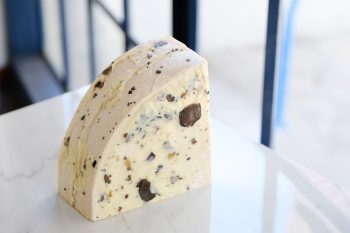

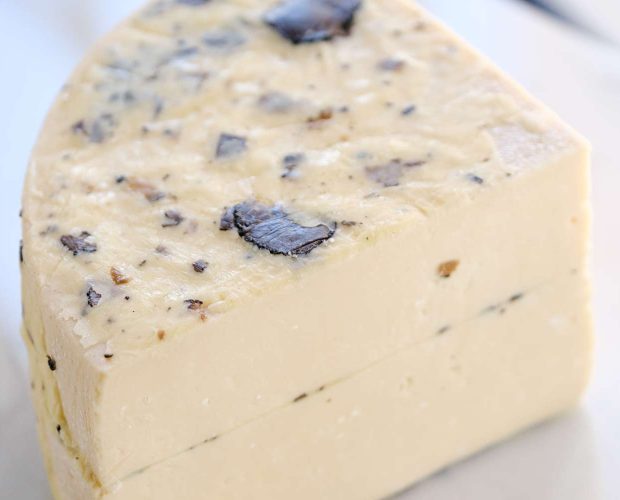

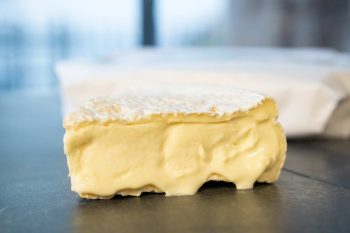
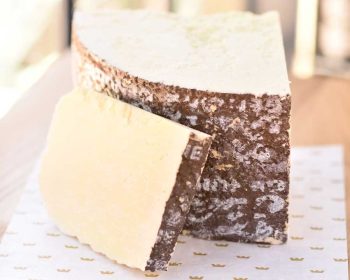
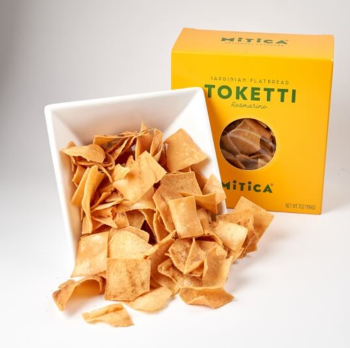
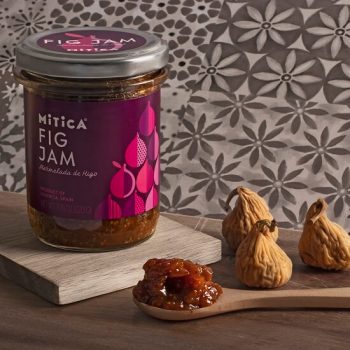
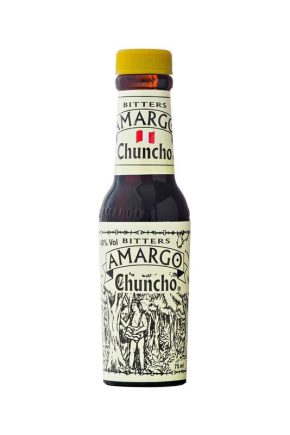
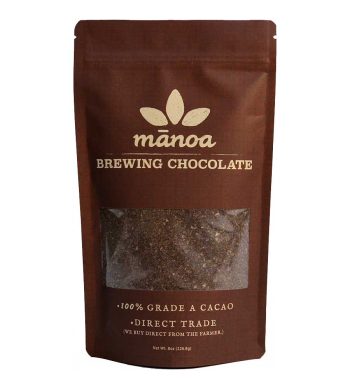




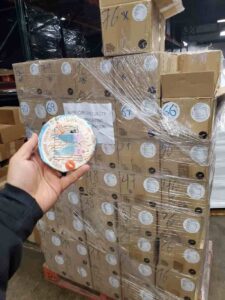





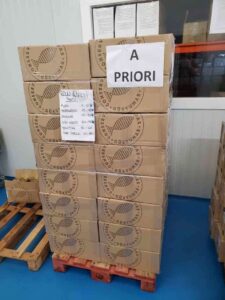



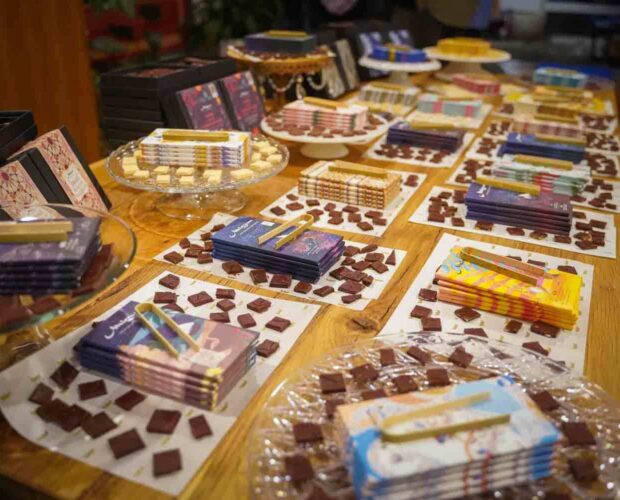



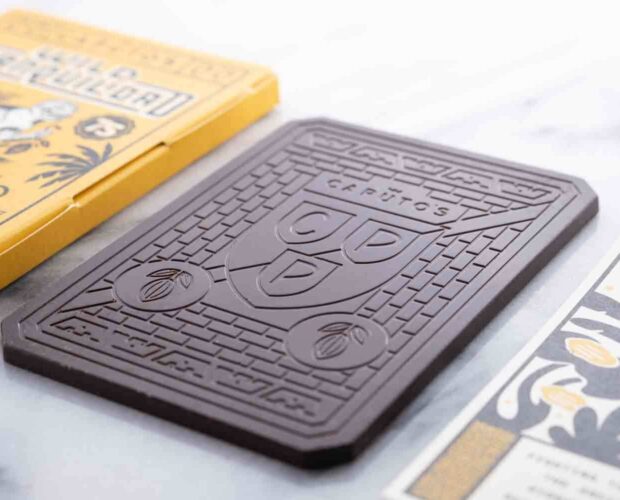
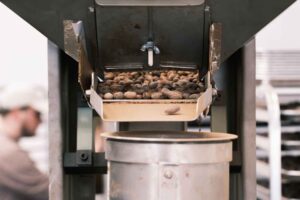
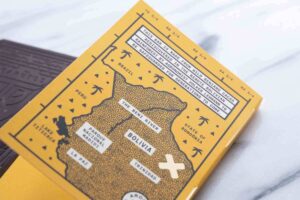

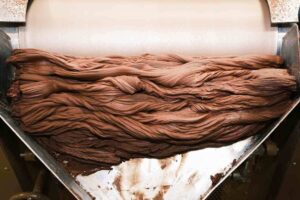
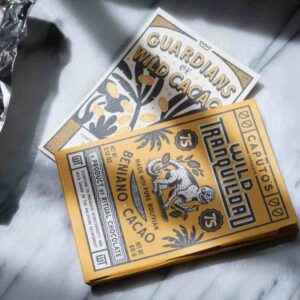





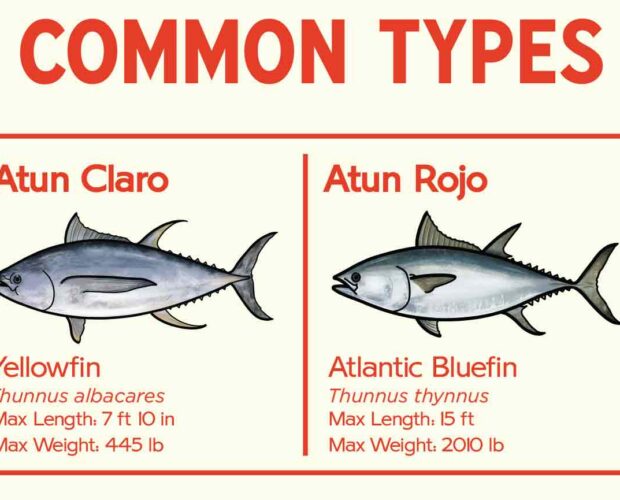

 You come to Caputo’s because you have come to expect and trust that we are proud geeks about all things food. When you buy products on our site or from our shelves, you understand that you’re supporting artisans that have been put through thorough vetting before being stocked here. We pride ourselves in this ethos and aim to uphold it and improve upon it as we grow.
You come to Caputo’s because you have come to expect and trust that we are proud geeks about all things food. When you buy products on our site or from our shelves, you understand that you’re supporting artisans that have been put through thorough vetting before being stocked here. We pride ourselves in this ethos and aim to uphold it and improve upon it as we grow.



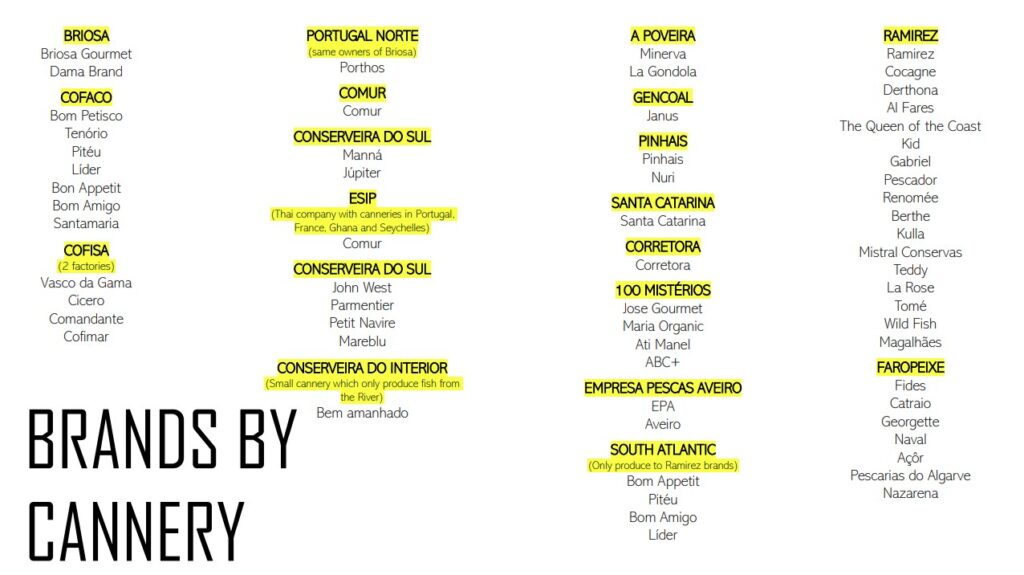
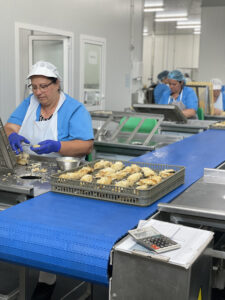 Despite all the pressures of the industrial food system snuffing out everything they can, I left feeling very inspired to see some incredibly serious people creating a spark that has the potential to keep the
Despite all the pressures of the industrial food system snuffing out everything they can, I left feeling very inspired to see some incredibly serious people creating a spark that has the potential to keep the 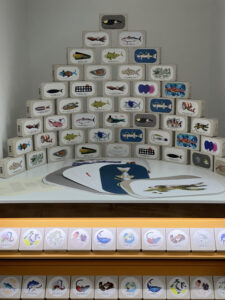 With how slick their packaging and marketing is I expected the owners of
With how slick their packaging and marketing is I expected the owners of 

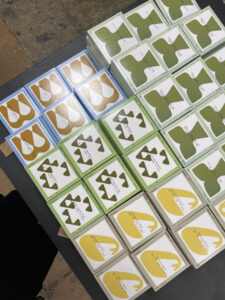
 When you shop at Caputo’s, you help us determine what is important to the industry and where it will go. You help us support small producers who are uplifting their communities, challenging monopolies, and enriching the earth. 100 Misterios is a perfect example of this ethos. They have targeted a loss in their community, locked on, and figured out how to revive it by any means necessary (condominiums be damned). By far the smallest cannery in
When you shop at Caputo’s, you help us determine what is important to the industry and where it will go. You help us support small producers who are uplifting their communities, challenging monopolies, and enriching the earth. 100 Misterios is a perfect example of this ethos. They have targeted a loss in their community, locked on, and figured out how to revive it by any means necessary (condominiums be damned). By far the smallest cannery in 